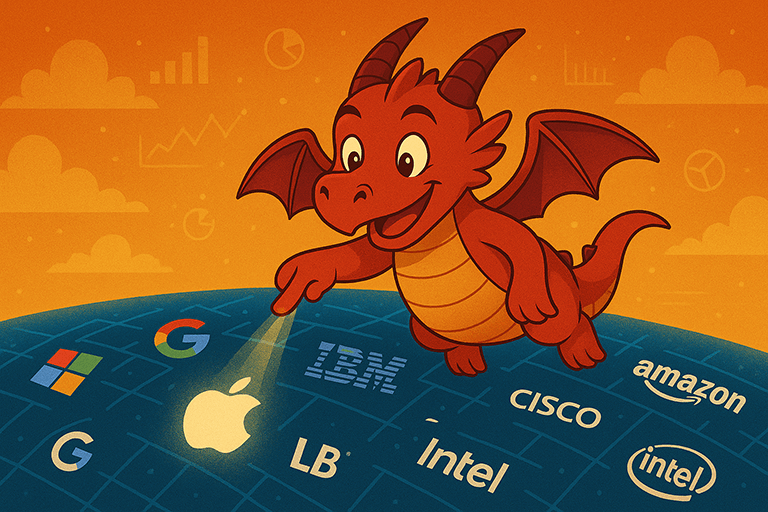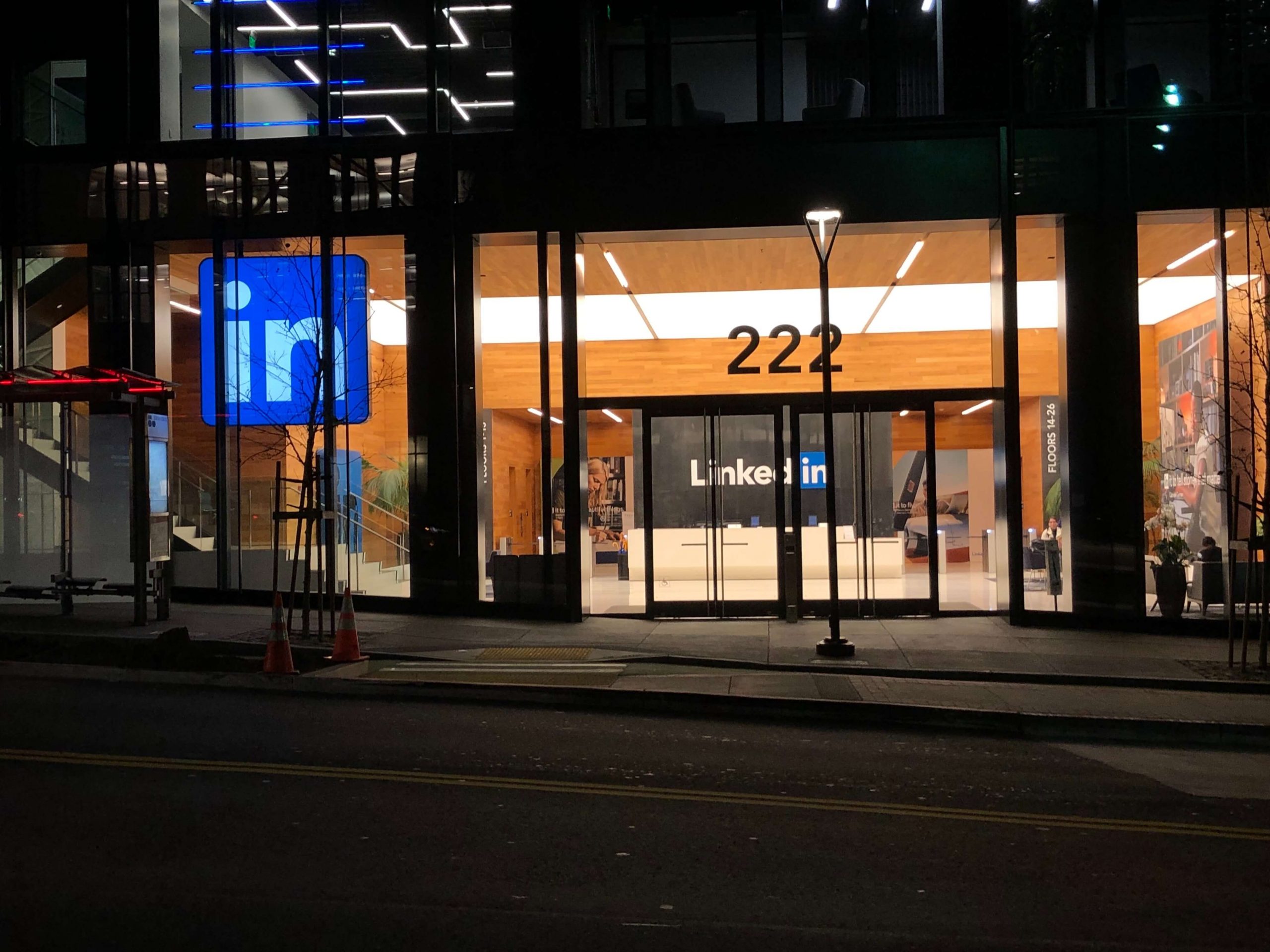In B2B marketing, success isn’t about casting the widest net – it’s about targeting the right companies with the right message. Targeting companies with ads (or account-based advertising) rather than industries means that you can reach the right companies.
Over the past decade, I’ve watched the rise of account-based advertising (or ABM advertising) transform demand generation.
By focusing our ad spend on high-value target accounts, we’ve consistently seen higher ROI and win rates than broad, spray-and-pray approaches.
(more…)









